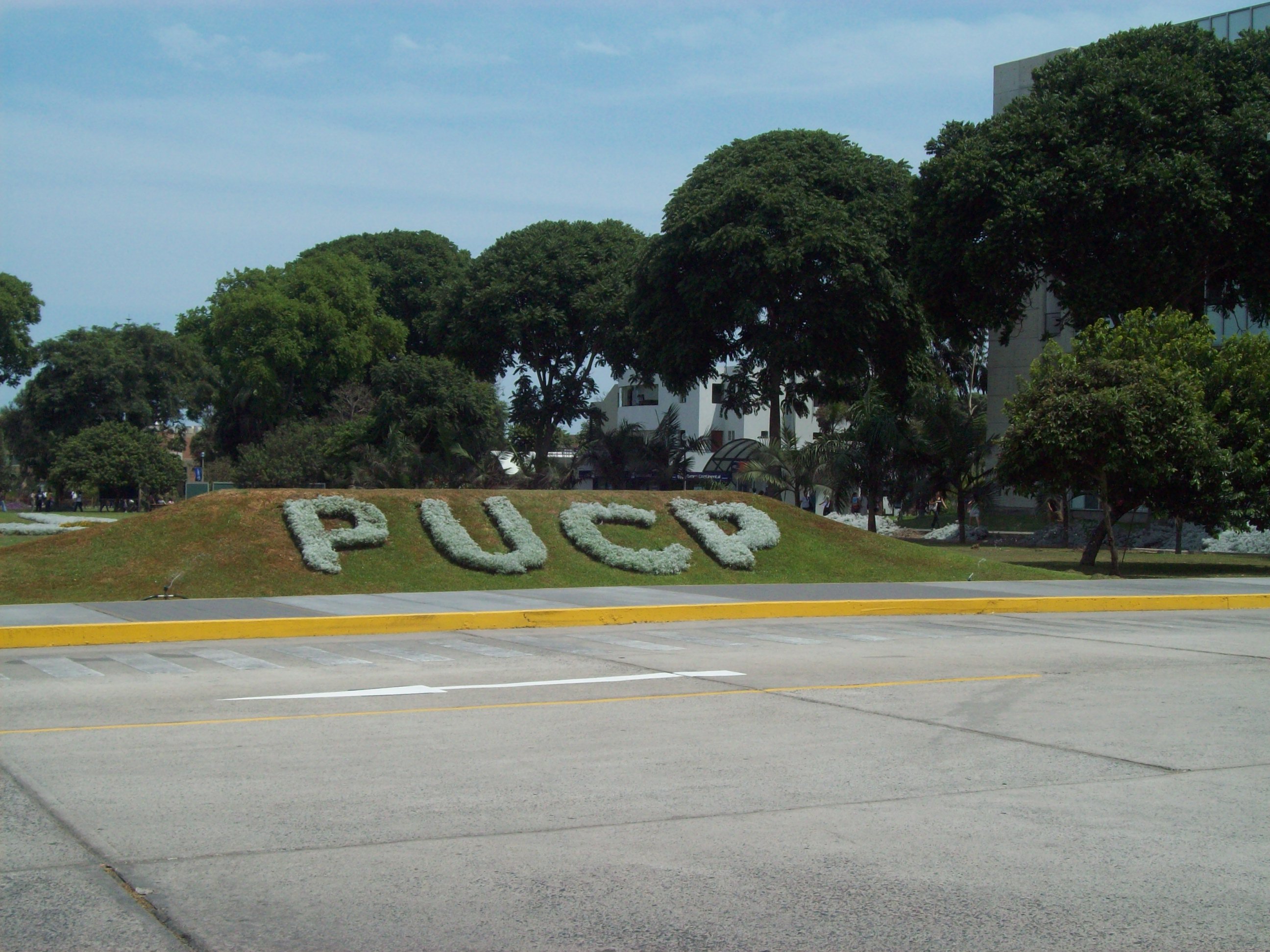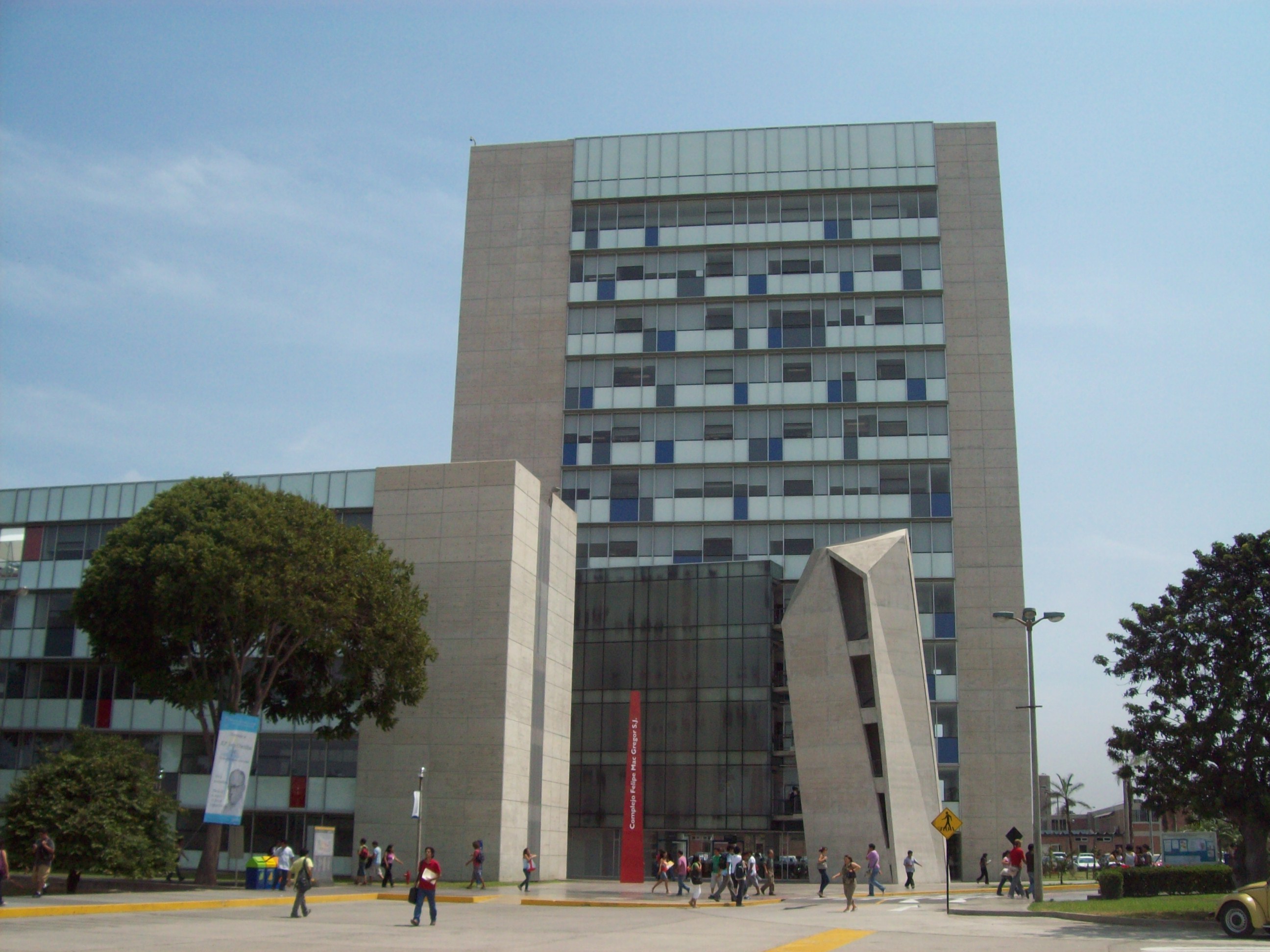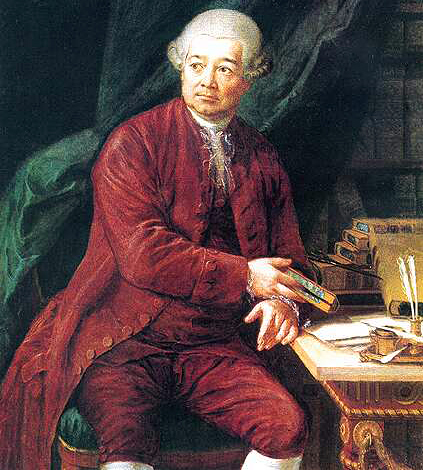|
Riva-AgĂĽero Institute
The Riva-Agüero Institute (, IRA) is an institute created in 1947 by the Pontifical Catholic University of Peru, named after its benefactor, José de la Riva-Agüero y Osma. Located in the Casona Riva-Agüero of the historic centre of Lima, where Riva-Agüero lived until his dath, it serves a research centre for the human sciences that in 1955 reached the category of "School of Higher Studies" (). It is divided into six research sections: Archaeology, Law, Ethnology, philosophy, Language and Literature, and History. History The institute was founded three years after the death of Peruvian intellectual and politician José de la Riva-Agüero y Osma: the Pontifical Catholic University of Peru (PUCP), an institution to which he bequeathed his assets, welcomed an initiative by his friends and acquaintances to continue his life's work, agreeing to the institute's creation in October 1946 and formally founding it in a ceremony at his home at Lártiga Street that took place on May 18 ... [...More Info...] [...Related Items...] OR: [Wikipedia] [Google] [Baidu] |
Pontifical Catholic University Of Peru
Pontifical Catholic University of Peru (, PUCP) is a private university in Lima, Peru. It was founded in 1917 with the support and approval of the Catholic church, being the oldest private institution of higher learning in the country. The Peruvian historian and politician José de la Riva-Agüero y Osma would become his main benefactor by leaving him most of his assets as an inheritance, as it was then a more religious educational institution and linked to the Catholic Church; in contrast to his alma mater and original destination of his inheritance, the National University of San Marcos, where Riva-Agüero considered that liberal ideas and atheism predominated here. In July 2012, after an apostolic visitation, begun earlier, in 2011, by Peter Erdo, Archbishop of Esztergom-Budapest, Hungary, the Holy See withdrew from the university the right under canon law (Catholic Church), canon law to use the titles ''Catholic'' and ''Pontifical'' in its name. Archbishop of Lima, Juan Luis ... [...More Info...] [...Related Items...] OR: [Wikipedia] [Google] [Baidu] |
Language
Language is a structured system of communication that consists of grammar and vocabulary. It is the primary means by which humans convey meaning, both in spoken and signed language, signed forms, and may also be conveyed through writing system, writing. Human language is characterized by its cultural and historical diversity, with significant variations observed between cultures and across time. Human languages possess the properties of Productivity (linguistics), productivity and Displacement (linguistics), displacement, which enable the creation of an infinite number of sentences, and the ability to refer to objects, events, and ideas that are not immediately present in the discourse. The use of human language relies on social convention and is acquired through learning. Estimates of the number of human languages in the world vary between and . Precise estimates depend on an arbitrary distinction (dichotomy) established between languages and dialects. Natural languages are ... [...More Info...] [...Related Items...] OR: [Wikipedia] [Google] [Baidu] |
Ambrosio O'Higgins
Ambrosio Bernardo O'Higgins y O'Higgins, 1st Marquess of Osorno (c. 1720 – 19 March 1801) born Ambrose Bernard O'Higgins (''Ambrós Bearnárd Ó hUiginn'', in Irish), was an Irish-Spanish colonial administrator and a member of the O'Higgins family. He served the Spanish Empire as a captain general (i.e., military governor) of Chile (1788–1796) and as the Viceroy of Peru (1796–1801). He was the father of Chilean independence leader Bernardo O'Higgins. Early life A member of the O'Higgins family, Ambrose was born at his family's ancestral seat in Ballynary, County Sligo, Ireland. He was the son of Charles O'Higgins and his wife (and kinswoman) Margaret O'Higgins,The National Genealogical Office (Dublin), MS 165. pp. 396–399. who were forced off their lands in 1654 by Oliver Cromwell and became tenant farmers at Clondoogan near Summerhill, County Meath .Ibañez Vergara, Jorge. ''Demetrio O'Higgins''. Along with other members of his family Ambrose worked in the service o ... [...More Info...] [...Related Items...] OR: [Wikipedia] [Google] [Baidu] |
Bernardo O'Higgins
Bernardo O'Higgins Riquelme (; 20 August 1778 – 24 October 1842) was a Chilean independence leader who freed Chile from Spanish rule in the Chilean War of Independence. He was a wealthy landowner of Basque people, Basque-Spanish people, Spanish and Irish people, Irish ancestry. Although he was the second List of presidents of Chile, Supreme Director of Chile (1817–1823), he is considered one of Chile's founding fathers, as he was the first holder of this title to head a fully independent Chilean state. He was Captain general, Captain General of the Chilean Army, Brigadier general, Brigadier of the United Provinces of the RĂo de la Plata, General officer, General Officer of Gran Colombia and Grand Marshal of Peru. Early life Bernardo O'Higgins, a member of the O'Higgins family, was born in the Chilean city of Chillán in 1778, the Legitimacy (family law), illegitimate son of Ambrosio O'Higgins, 1st Marquis of Osorno, a Spanish officer born in County Sligo, Ireland, who be ... [...More Info...] [...Related Items...] OR: [Wikipedia] [Google] [Baidu] |
PUCP
Pontifical Catholic University of Peru (, PUCP) is a private university in Lima, Peru. It was founded in 1917 with the support and approval of the Catholic church, being the oldest private institution of higher learning in the country. The Peruvian historian and politician José de la Riva-Agüero y Osma would become his main benefactor by leaving him most of his assets as an inheritance, as it was then a more religious educational institution and linked to the Catholic Church; in contrast to his alma mater and original destination of his inheritance, the National University of San Marcos, where Riva-Agüero considered that liberal ideas and atheism predominated here. In July 2012, after an apostolic visitation, begun earlier, in 2011, by Peter Erdo, Archbishop of Esztergom-Budapest, Hungary, the Holy See withdrew from the university the right under canon law to use the titles ''Catholic'' and ''Pontifical'' in its name. Archbishop of Lima, Juan Luis Cipriani, was the main ad ... [...More Info...] [...Related Items...] OR: [Wikipedia] [Google] [Baidu] |
Catholic Mass
The Mass is the central liturgical service of the Eucharist in the Catholic Church, in which bread and wine are consecrated and become the body and blood of Christ. As defined by the Church at the Council of Trent, in the Mass "the same Christ who offered himself once in a bloody manner on the altar of the cross, is present and offered in an unbloody manner". The Church describes the Mass as the "source and summit of the Christian life", and teaches that the Mass is a sacrifice, in which the sacramental bread and wine, through consecration by an ordained priest, become the sacrificial body, blood, soul, and divinity of Christ as the sacrifice on Calvary made truly present once again on the altar. The Catholic Church permits only baptised members in the state of grace (Catholics who are not in a state of mortal sin) to receive Christ in the Eucharist. Many of the other sacraments of the Catholic Church, such as confirmation, holy orders, and holy matrimony, are now general ... [...More Info...] [...Related Items...] OR: [Wikipedia] [Google] [Baidu] |
Luigi Arrigoni
Luigi Arrigoni (2 June 1890 – 16 August 1987) was an Italian prelate of the Catholic Church who worked in the diplomatic service of the Holy See. He was Apostolic Nuncio to Peru from 1946 to 1948. Biography Luigi Arrigoni was born on 2 June 1890 in Morimondo, in Milan, Italy. He was ordained a priest on 18 January 1922. He joined the diplomatic service of the Holy See, where his early assignments included postings in Austria, Romania, and Belgium, which he left when the Nazis invaded. In December 1942, he played the role of courier, delivering messages too important to entrust to normal delivery services to the nunciatures in Bulgaria and Romania. On 31 May 1946, Pope Pius XII Pope Pius XII (; born Eugenio Maria Giuseppe Giovanni Pacelli; 2 March 18769 October 1958) was the head of the Catholic Church and sovereign of the Vatican City State from 2 March 1939 until his death on 9 October 1958. He is the most recent p ... appointed him titular archbishop of Apamea in Syria ... [...More Info...] [...Related Items...] OR: [Wikipedia] [Google] [Baidu] |
Ethnology
Ethnology (from the , meaning 'nation') is an academic field and discipline that compares and analyzes the characteristics of different peoples and the relationships between them (compare cultural, social, or sociocultural anthropology). Scientific discipline Compared to ethnography, the study of single groups through direct contact with the culture, ethnology takes the research that ethnographers have compiled and then compares and contrasts different cultures. The term ''ethnologia'' (''ethnology'') is credited to Adam Franz Kollár (1718–1783) who used and defined it in his ''Historiae ivrisqve pvblici Regni Vngariae amoenitates'' published in Vienna in 1783. as: "the science of nations and peoples, or, that study of learned men in which they inquire into the origins, languages, customs, and institutions of various nations, and finally into the fatherland and ancient seats, in order to be able better to judge the nations and peoples in their own times." Kollár's int ... [...More Info...] [...Related Items...] OR: [Wikipedia] [Google] [Baidu] |
Jirón Camaná
Jirón Camaná is a major street in the Damero de Pizarro, located in the historic centre of Lima, Peru. The street starts at the Alameda Chabuca Granda and continues southwest until it reaches Jirón Jacinto López, next to the Plaza Francia, continuing directly south until it reaches Bolivia Avenue, next to the Lima Civic Center. The street was an important place for the bohemian movement in Lima, with its first five blocks being known for its libraries, and its later blocks for places such as restaurants and art establishments. History The road that today constitutes the street was laid by Francisco Pizarro when he founded the city of Lima on January 18, 1535. In 1862, when a new urban nomenclature was adopted, the road was named jirón Camaná, after province of the same name in Arequipa. Prior to this renaming, each block (''cuadra'') had a unique name: *Block 1: Pileta de Santo Domingo, after the fountain belonging to the convent of the same name. In its corner was ... [...More Info...] [...Related Items...] OR: [Wikipedia] [Google] [Baidu] |
Archaeology
Archaeology or archeology is the study of human activity through the recovery and analysis of material culture. The archaeological record consists of Artifact (archaeology), artifacts, architecture, biofact (archaeology), biofacts or ecofacts, archaeological site, sites, and cultural landscapes. Archaeology can be considered both a social science and a branch of the humanities. It is usually considered an independent academic discipline, but may also be classified as part of anthropology (in North America – the four-field approach), history or geography. The discipline involves Survey (archaeology), surveying, Archaeological excavation, excavation, and eventually Post excavation, analysis of data collected, to learn more about the past. In broad scope, archaeology relies on cross-disciplinary research. Archaeologists study human prehistory and history, from the development of the first stone tools at Lomekwi in East Africa 3.3 million years ago up until recent decades. A ... [...More Info...] [...Related Items...] OR: [Wikipedia] [Google] [Baidu] |
Human Sciences
Human science (or human sciences in the plural) studies the philosophical, biological, social, justice, and cultural aspects of human life. Human science aims to expand the understanding of the human world through a broad interdisciplinary approach. It encompasses a wide range of fields - including history, philosophy, sociology, psychology, justice studies, evolutionary biology, biochemistry, neurosciences, folkloristics, and anthropology. It is the study and interpretation of the experiences, activities, constructs, and artifacts associated with human beings. The study of human sciences attempts to expand and enlighten the human being's knowledge of its existence, its interrelationship with other species and systems, and the development of artifacts to perpetuate the human expression and thought. It is the study of human phenomena. The study of the human experience is historical and current in nature. It requires the evaluation and interpretation of the historic human experienc ... [...More Info...] [...Related Items...] OR: [Wikipedia] [Google] [Baidu] |






